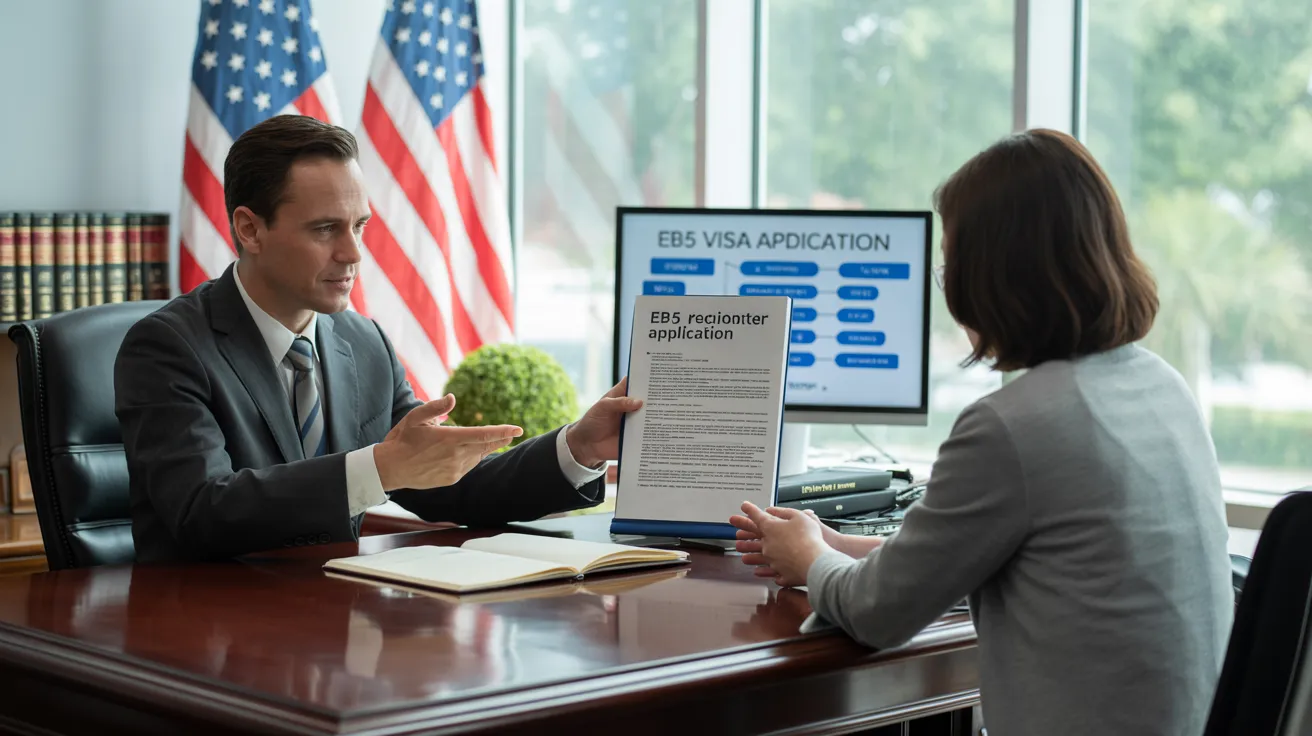9 Simple Techniques For L1 Visa
Table of ContentsL1 Visa for DummiesIndicators on L1 Visa You Should KnowThe Single Strategy To Use For L1 VisaSome Known Factual Statements About L1 Visa The Best Strategy To Use For L1 VisaThe Basic Principles Of L1 Visa
Available from ProQuest Dissertations & Theses Worldwide; Social Science Premium Collection. (2074816399). (PDF). Congress. (PDF). DHS Office of the Assessor General. (PDF). (PDF). "Nonimmigrant Visa Statistics". Fetched 2023-03-26. Division of Homeland Security Workplace of the Examiner General, "Review of Vulnerabilities and Prospective Abuses of the L-1 Visa Program," "A Mainframe-Size Visa Loophole".
United State Department of State. Obtained 2023-02-08. Tamen, Joan Fleischer (August 10, 2013).
Some Known Factual Statements About L1 Visa
In order to be qualified for the L-1 visa, the international business abroad where the Recipient was employed and the United state company should have a qualifying connection at the time of the transfer. The different kinds of certifying relationships are: 1.
Example 1: Firm A is integrated in France and uses the Recipient. Company B is included in the U.S. and desires to seek the Beneficiary. Firm An owns 100% of the shares of Business B.Company A is the Parent and Firm B is a subsidiary. There is a certifying relationship between the two companies and Business B ought to be able to fund the Recipient.
Company An owns 40% of Company B. The continuing to be 60% is possessed and managed by Firm C, which has no relation to Business A.Since Firm A and B do not have a parent-subsidiary connection, Firm A can not fund the Recipient for L-1.
Example 3: Business A is integrated in the U.S. and intends to petition the Beneficiary. Company B is included in Indonesia and utilizes the Beneficiary. Company An owns 40% of Firm B. The continuing to be 60% is owned by Firm C, which has no connection to Business A. However, Company A, by formal contract, controls and full manages Business B.Since Company A has less than 50% of Business B but takes care of and controls the company, there is a certifying parent-subsidiary relationship and Company A can fund the Recipient for L-1.
The 9-Second Trick For L1 Visa
Affiliate: An affiliate is 1 of 2 subsidiaries thar are both owned and regulated by the exact same parent or individual, or owned and regulated by the same group of individuals, in basically the same ratios. a. Instance 1: Firm A is included in Ghana and utilizes the Recipient. Firm B is integrated in the united state
Company C, also integrated in Ghana, possesses 100% of Firm A and 100% of Company B.Therefore, Firm A and Company B are "associates" or sister companies and a certifying connection exists in between both firms. Business B must be able to sponsor the Beneficiary. b. Example 2: Business A is integrated in the united state
Company A is 60% owned by Mrs. Smith, 20% possessed by Mr. Doe, and 20% had by contact us Ms. Brown. Firm B is incorporated in Colombia and presently employs the Recipient. Business B is 65% owned by Mrs. Smith, 15% possessed by Mr. Doe, and 20% had by Ms. Brown. Firm A and Business B are affiliates and have a certifying relationship in two various means: Mrs.
The L-1 visa is an employment-based visa category developed by Congress in 1970, enabling international companies to move their supervisors, executives, or crucial employees to their United L1 Visa requirements state procedures. It is typically referred to as the intracompany transferee visa.

Furthermore, the recipient should have operated in a managerial, executive, or specialized employee position for one year within the three years preceding the L-1A application in the foreign business. For brand-new workplace applications, international employment should have remained in a supervisory or executive capability if the recipient is involving the USA to work as a manager or executive.
How L1 Visa can Save You Time, Stress, and Money.

If provided for a united state business functional for more than one year, the initial L-1B visa is for approximately 3 years and can be expanded for an additional 2 years (L1 Visa). On the other hand, if the united state firm is recently developed or has been functional for less than one year, the preliminary L-1B visa is released for one year, with expansions offered in two-year increments
The L-1 visa is an employment-based visa classification developed by Congress in 1970, permitting multinational companies to transfer their managers, executives, or essential workers to their U.S. procedures. It is typically referred to as the intracompany transferee visa.
L1 Visa Fundamentals Explained
Furthermore, the recipient needs to have operated in a supervisory, exec, or specialized employee placement for one year within the three years preceding the L-1A application in the foreign firm. For new office applications, international work needs to have remained in a supervisory or executive capability if the recipient is involving the USA to function as a manager or executive.
for approximately seven years to oversee the procedures of the U.S. associate as an executive or supervisor. If provided for an U.S. company that has actually been operational for more than one year, the L-1A visa is originally approved for approximately three years and can be expanded in two-year increments.
If granted for an U.S. company functional for more than one year, the initial L-1B visa is for approximately three years and can be expanded for an additional 2 years. Alternatively, if the united state company is freshly established or has actually been functional for much less than one year, the initial L-1B visa is released for one year, with extensions readily available in L1 Visa guide two-year increments.